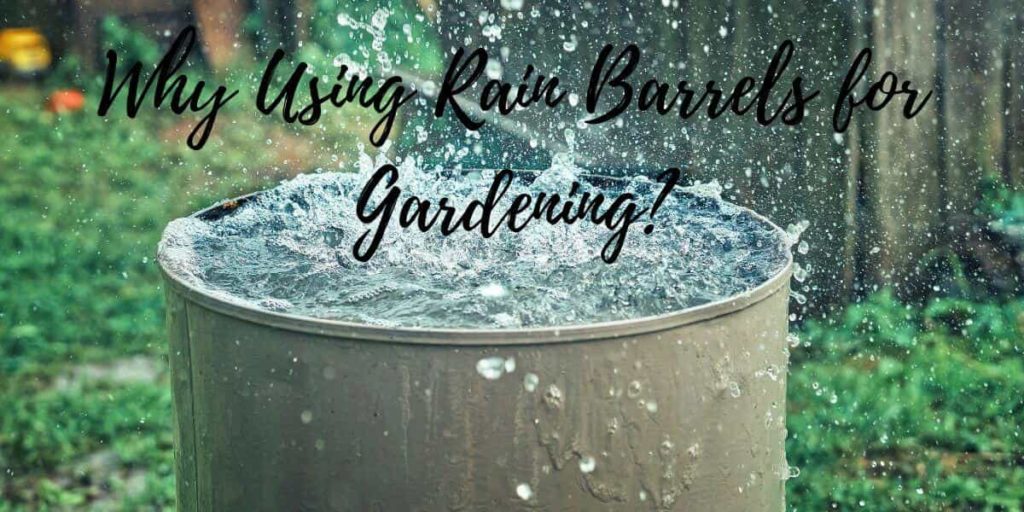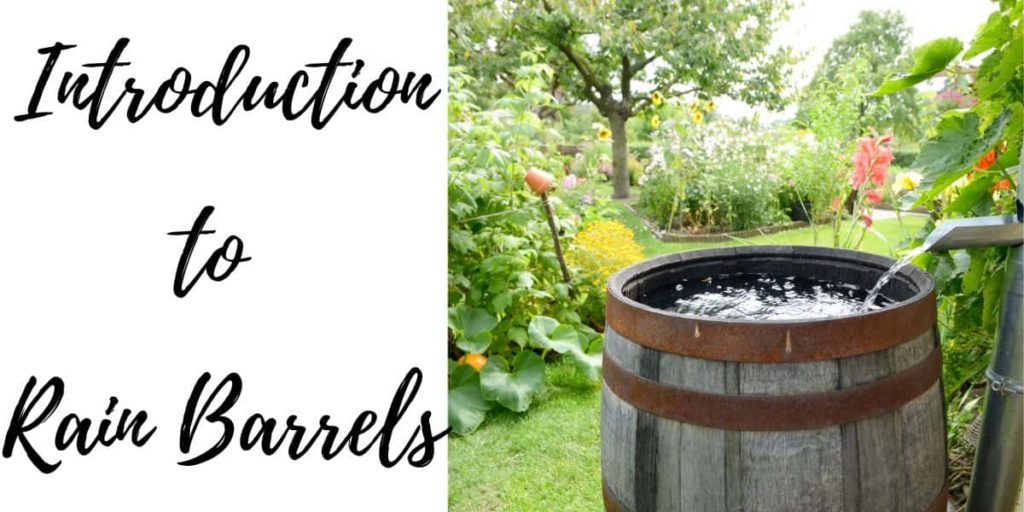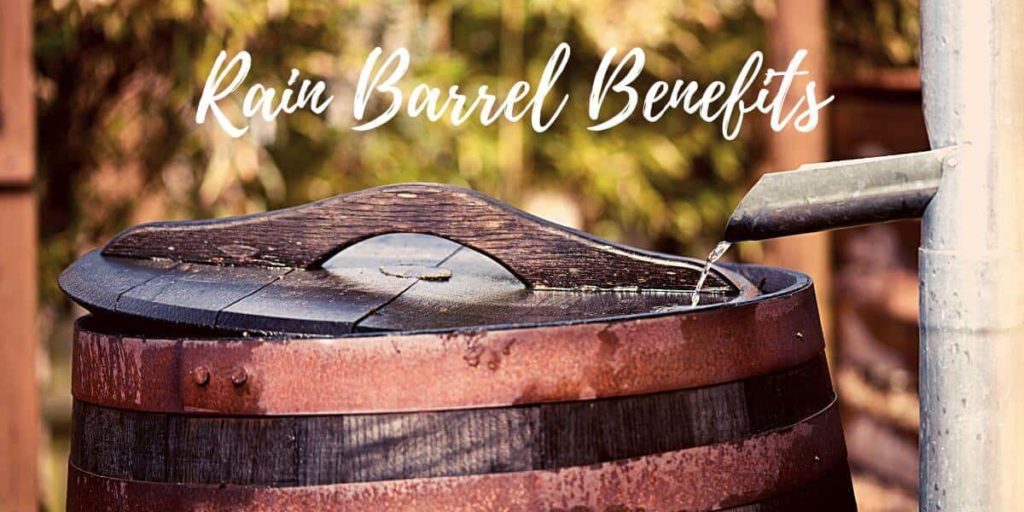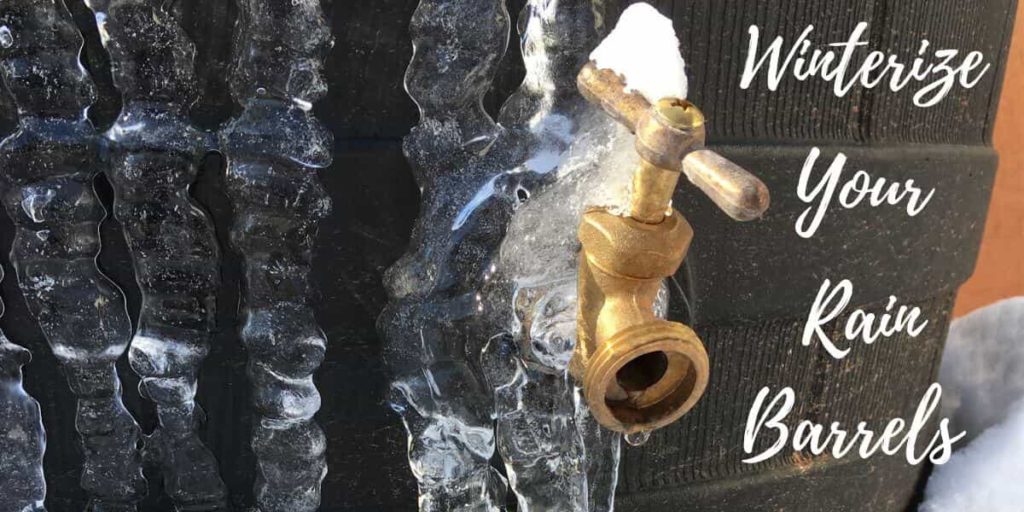As homeowners, we are constantly looking for ways to save money, reduce our environmental impact, and maintain a beautiful outdoor space. One simple yet effective solution is to start using a rain barrel for gardening purposes.
Rain barrels are affordable and easy to install, and they can provide a sustainable source of water for your plants. In this post, we will explore the many benefits of using a rain barrel for gardening and provide practical tips for getting started.
Whether you are an experienced gardener or just starting, you won’t want to miss this guide to incorporating a rain barrel into your garden routine.
What are the Benefits of using a rain barrel for gardening
Using a rain barrel for gardening is a simple, affordable, and environmentally friendly way to conserve water, save money, and improve plant growth.
Setting up a rain barrel for gardening use is a good choice for several reasons:
- Cost-effective:
Watering plants and gardens can be expensive, especially during dry periods when water usage increases. Using a rain barrel to collect and store rainwater is a cost-effective way to water plants and gardens without relying on municipal water sources. By using free rainwater instead of municipal water, you can save money on your water bill and reduce your overall water usage. - Sustainable:
Rainwater is a renewable resource that does not require energy-intensive treatment or transportation like municipal water sources. Using a rain barrel to collect and use rainwater is a sustainable choice that can help reduce your environmental impact. Rainwater harvesting through a rain barrel can help reduce your reliance on municipal water supplies, which is especially important in areas that experience drought or water shortages. - Nutrient-rich:
Rainwater is free of the chemicals often found in municipal water sources, making it a healthier choice for plants and gardens. Additionally, rainwater contains natural nutrients that can benefit plant growth. Rainwater is free of chemicals and minerals found in tap water, which can make it a better option for watering plants. It can also help improve soil structure and nutrient availability, leading to healthier plants with improved growth and yields. - Drought-resistant:
During periods of drought or water shortages, municipal water sources may restrict or prohibit outdoor water usage. By using a rain barrel, you can continue to water your plants and garden without violating water usage restrictions. Rainwater harvesting can provide a source of water for gardening, making you less reliant on external sources of water. - Reducing runoff:
Using a rain barrel can help reduce the amount of runoff from your property, which can carry pollutants and debris into local waterways. By reducing runoff, you can help protect local water quality and the environment.Collecting rainwater can prevent erosion and water pollution. Additionally, using rainwater for gardening reduces the energy and resources required for municipal water treatment and distribution. - Easy maintenance:
Rain barrels are low-maintenance and require only occasional cleaning and winterization. - Community building:
By using a rain barrel, you can help educate others about the importance of water conservation and environmental sustainability.
Overall, using a rain barrel for gardening is a good choice because it is cost-effective, sustainable, nutrient-rich, drought-resistant, and helps to reduce runoff and protect the environment. By using a rain barrel to collect and use rainwater, you can help promote healthy plant growth and reduce your environmental impact.
Which are the main options for harvesting rainwater for gardening purposes?
Harvesting rainwater is an excellent way to conserve water and reduce your reliance on municipal water supplies for gardening purposes.
The best rainwater collection system for a home depends on various factors, including the size of the roof, the amount of rainfall in your area, your budget, and your intended use for the collected water.
Here are some solutions and options for harvesting rainwater for gardening:
- Rain Barrels:
Rain barrels are the simplest and most cost-effective way to collect rainwater. They are available in different sizes and materials and can be easily installed under your downspout. They come equipped with a spigot that you can use to connect a hose for watering your garden. - Cisterns:
Cisterns are larger containers that can hold a significant amount of rainwater. They are often made of concrete, plastic, or metal and can be installed above or below ground. Cisterns are ideal if you have a large garden or if you want to collect rainwater for other purposes.
Underground cisterns are a larger-scale rainwater collection system that can hold thousands of gallons of water. They are installed underground and can be connected to multiple downspouts, making them suitable for larger homes and more extensive landscaping.
Above-ground tanks are a popular choice for homeowners who want to collect and store large amounts of rainwater. They are available in various sizes and materials, such as plastic, concrete, or metal, and can be connected to multiple downspouts. - Rain Chains:
Rain chains are an aesthetically pleasing alternative to downspouts that guide rainwater into a collection basin or barrel. They are typically made of metal and hang from the edge of your roof, creating a cascading effect as the rainwater runs down them. - Green Roofs:
A green roof is a roof that is covered in vegetation, which absorbs and retains rainwater. The vegetation acts as a natural filter, and the water that is collected can be used for watering plants. Green roofs are an eco-friendly rainwater collection system that involves covering a roof with vegetation. The plants absorb rainwater, which is then used for irrigation or other household uses. Green roofs are also known for their insulation benefits, reducing energy consumption for heating and cooling. - Permeable Pavers:
Permeable pavers are a type of paving material that is designed to allow water to filter through the surface and into the ground below. They are made from a variety of materials, including concrete, brick, and natural stone, and are often used for driveways, walkways, and patios. The pavers are laid on top of a layer of gravel and sand, which acts as a filter for the water as it percolates into the soil.
The spaces between the pavers allow water to flow freely, preventing the buildup of surface water and reducing the risk of erosion. Permeable pavers are an effective way to manage stormwater runoff, as they can help to recharge groundwater supplies and reduce the burden on municipal sewer systems.
They are also a durable and low-maintenance option for outdoor surfaces, as they resist cracking and heaving caused by freeze-thaw cycles. Overall, permeable pavers are a sustainable and practical choice for homeowners looking to reduce their environmental impact while creating a beautiful outdoor space. - Rain Gardens:
A rain garden is a specially designed garden that is built to collect and absorb rainwater runoff from rooftops, driveways, and other impervious surfaces. It is usually a shallow depression in the ground, planted with vegetation that can tolerate both periods of standing water and drought. The garden is typically located in a low-lying area of the yard and is designed to capture and filter rainwater runoff from the surrounding area, allowing the water to slowly seep into the soil and recharge the groundwater supply.
Rain gardens are effective in reducing stormwater runoff, preventing erosion, and improving water quality. They also provide an attractive and functional addition to your landscaping, attracting birds and butterflies, and promoting biodiversity. Rain gardens can be customized to suit your personal taste, and there are many different plant combinations that can thrive in a rain garden environment. Overall, rain gardens are a sustainable and practical way to manage rainwater runoff and enhance the beauty of your outdoor space.
Read more about why using a rain barrel is a good choice: Benefits of using rain barrels
There are many solutions and options for harvesting rainwater for gardening. The best option for you will depend on the size of your garden, the amount of rainfall you receive, and your personal preferences.It’s also essential to ensure that the system is properly installed, maintained, and conforms to local regulations and codes.



